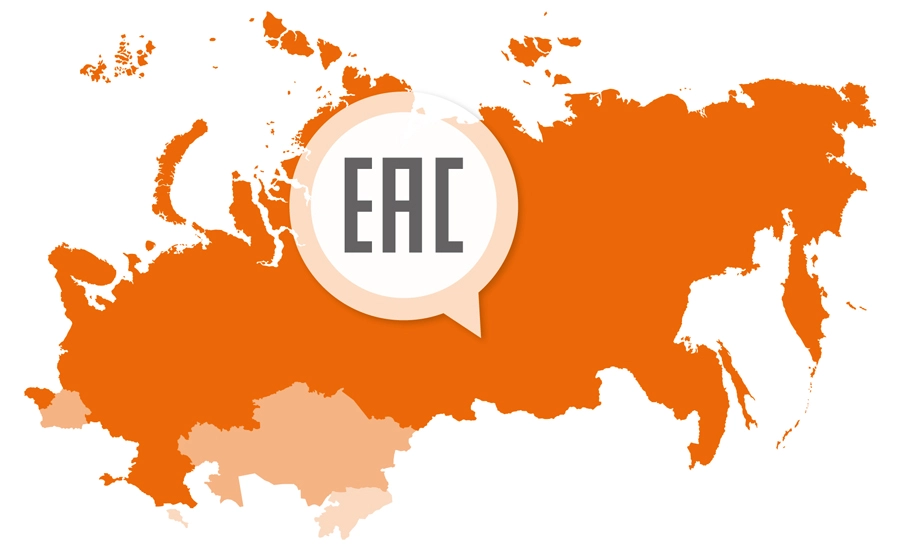Unlocking the Russian Market: Your Essential Guide to Certification Compliance
 Table of contents
Table of contents
Russia's $1.8 trillion economy offers massive opportunities but also a complex regulatory maze. For international businesses, certification isn’t just paperwork; it’s the legal gateway to accessing 180 million+ consumers across the Eurasian Economic Union (EAEU).

Here’s what you need to know to navigate this critical process:
Why Certification Matters in Russia
Russia’s certification system prioritizes consumer safety and quality control, with non-compliance risking:
- Customs clearance denials
- Fines up to 100% of product value
- Market bans
The EAEU (Russia, Belarus, Kazakhstan, Armenia, Kyrgyzstan) operates a unified system – certify once, sell across 5 countries.
Who Needs Certification?
Nearly all physical goods require approval. Key categories include:
- Industrial equipment (machinery, electrical devices)
- Consumer goods (electronics, textiles, children’s products)
- Food/ chemical products (packaging, cosmetics)
Exemptions exist for prototypes or non-commercial samples, but verify per product type.
The EAC Certification: Core of Compliance
The Eurasian Conformity (EAC) mark is Russia’s equivalent of the EU’s CE marking. Key principles:
1. Technical Regulations (TR CU)
- Over 50 regulations cover product safety (e.g., TR CU 004/2011 for low-voltage equipment; TR CU 020/2011 for electromagnetic compatibility).
- Critical step: Match your product’s customs code to applicable TRs.
2. Certification vs. Declaration
|
EAC Certification |
EAC Declaration |
|---|---|
|
Mandatory for higher-risk products (child goods, medical devices) |
For lower-risk items (packaging, some cosmetics) |
|
Issued by accredited bodies |
Self-declared by importer |
|
Requires facility audits |
Relies on existing test reports |
3. Validity & Surveilance
- Certificates last 1–5 years
- Annual factory inspections often required
Step-by-Step Certification Process
Follow this roadmap to avoid costly delays:
1. Product Classification
Identify applicable TR CU regulations using your product’s customs code. Example: Kitchen appliances fall under TR CU 004/2011 (low-voltage safety) 311.
2. Select Scheme
Choose from 40+ schemes. Common options:
- Scheme 1c: Batch certification (single shipment)
- Scheme 3c: Serial production (requires facility audit)
3. Appoint Local Representative
Foreign manufacturers must designate an EAEU-based legal entity (importer or authorized rep) to sign declarations.
4. Prepare Documentation
- Technical specifications
- Safety justifications (GOST 33855-2016 reports)
- Russian-translated user manuals
5. Lab Testing
Products undergo tests at EAEU-accredited labs (e.g., flame resistance, toxicity checks).
6. Submit & Review
Certification bodies (like Rostest) verify documents—typically taking 2 weeks to 3 months.
7. Affix EAC Mark
Apply the mark to products/packaging before market entry.
Beyond EAC: Other Key Certifications
- Fire Safety Certificate: Required for construction materials, cables, fire extinguishers.
- Metrology Approval: Mandatory for measuring devices (scales, thermostats).
- State Registration: For cosmetics, disinfectants, and food contact materials.
Pro Tips for Success
1. Start Early
Certification can take 2–6 months. Factor this into market-entry timelines.
2. Invest in Local Expertise
Partner with Russian consultants for:
- Regulatory navigation
- Document translation
- Liaison with labs
3. Beware “Fake” Certificates
Verify accreditation of certification bodies via the Rosstandart registry.
4. Localize Proactively
- Translate labels/user manuals into Russian
- Adapt voltage/plug types for appliances
5. Budget Wisely
Costs vary by product complexity:
- Basic declarations: ~$1,500
- Full certifications + facility audits: $5,000–$15,000
Real-World Lessons
- IKEA succeeded by localizing products to Russian preferences while rigorously complying with safety TRs.
- Coca-Cola accelerated entry by partnering with local bottlers for regulatory filings.
Common Pitfalls to Avoid
- Assuming CE/ISO covers Russian requirements → EAC standards differ technically and legally.
- Neglecting post-certification audits → Annual inspections are required for multi-year certificates.
- Underestimating translation needs → 95% of documents must be in Russian.
The Bigger Picture
Russia’s certification system prioritizes long-term safety over convenience. While complex, it offers strategic advantages:
- Brand trust with quality-conscious consumers
- Streamlined access to 5 EAEU markets
- Reduced legal risks in a regulated economy.
“Certification isn’t a barrier — it’s your market-entry armor.” — Global Expansion Expert
Final Checklist Before Launching in Russia
- Identify applicable TR CU regulations
- Secure EAEU-based legal representative
- Translate technical documentation
- Conduct pre-testing where possible
- Verify certification body accreditation
By treating compliance as a strategic investment, not a bureaucratic hurdle, your business can unlock Russia’s vast potential with confidence.
If you need help or advice on this task, please contact me (on the website or by email).



 Other topics:
Other topics:
 REAB Services
REAB Services

 News
News
 Useful tip
Useful tip

